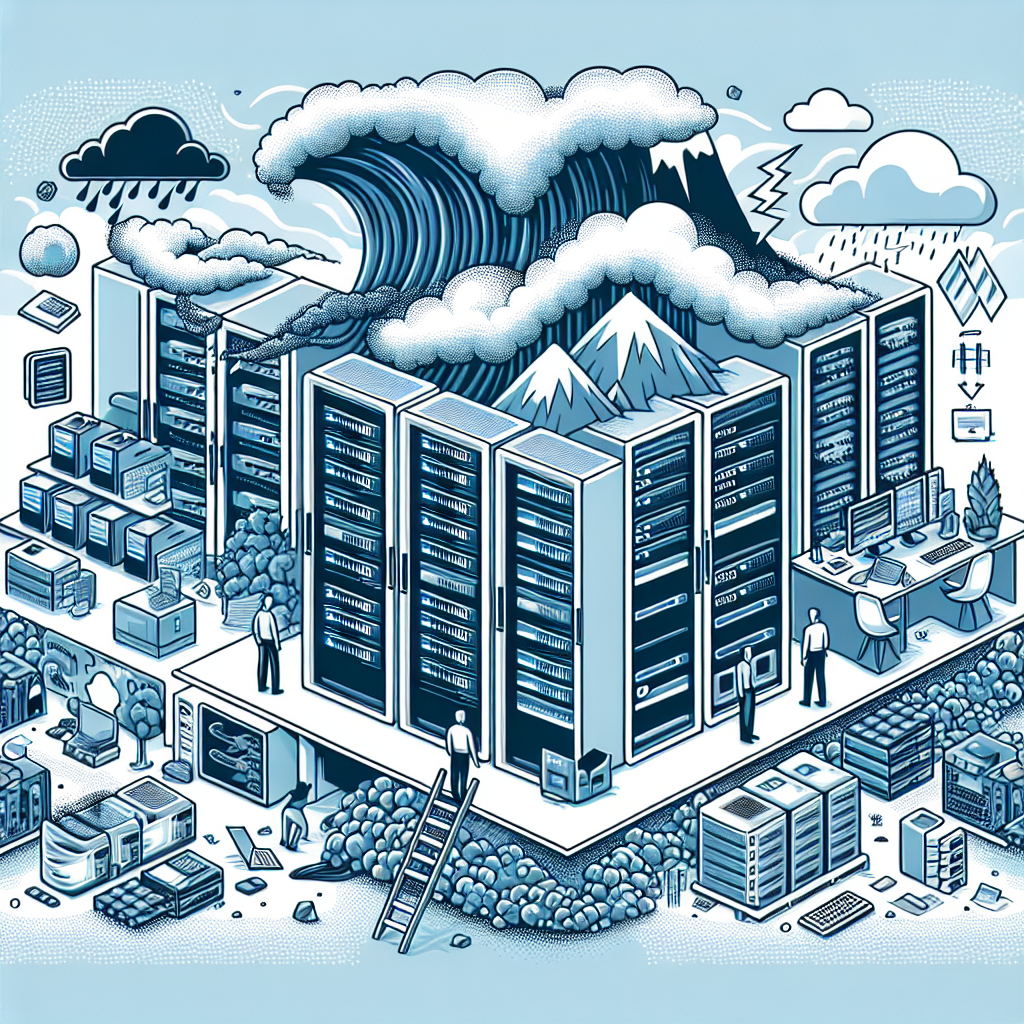Data Center Disaster Recovery: Strategies for Business Continuity
In today’s digital age, data is the lifeblood of businesses. From customer information to financial records, companies rely on data to operate efficiently and effectively. However, what happens when a disaster strikes and critical data is lost or inaccessible? This is where disaster recovery strategies come into play.
Data center disaster recovery is the process of planning for and recovering from a disaster that affects a company’s data center. This could be anything from a natural disaster like a hurricane or earthquake, to a cyber attack or hardware failure. Regardless of the cause, having a solid disaster recovery plan in place is essential for ensuring business continuity and minimizing downtime.
There are several key strategies that businesses can implement to ensure their data centers are prepared for a disaster:
1. Backup and Recovery: One of the most basic but essential components of a disaster recovery plan is regular data backups. This involves making copies of critical data and storing them in a secure location, either on-site or off-site. In the event of a disaster, these backups can be used to restore data and get systems back up and running quickly.
2. Redundancy: Redundancy is the practice of having multiple systems or components in place to ensure continuity in case of a failure. This could include redundant power supplies, network connections, or even entire data centers. By having redundancy in place, businesses can minimize the impact of a disaster on their operations.
3. Disaster Recovery Testing: It’s not enough to simply have a disaster recovery plan in place – it’s important to regularly test and update it to ensure it will work when needed. This could involve running simulated disaster scenarios, conducting regular data recovery drills, or performing audits of the plan to identify any weaknesses or gaps.
4. Cloud-based Backup: Cloud-based backup solutions offer a convenient and cost-effective way to store critical data off-site. By leveraging the cloud, businesses can access their data from anywhere and ensure it is protected in the event of a disaster.
5. Disaster Recovery as a Service (DRaaS): DRaaS is a service that provides businesses with a comprehensive disaster recovery solution, including backup, recovery, and failover capabilities. By outsourcing disaster recovery to a third-party provider, businesses can ensure their data is protected and their systems are back up and running quickly in the event of a disaster.
In conclusion, data center disaster recovery is a critical component of business continuity planning. By implementing the right strategies and technologies, businesses can ensure their data is protected and their operations can continue in the face of a disaster. Don’t wait until it’s too late – start planning for disaster recovery today.


